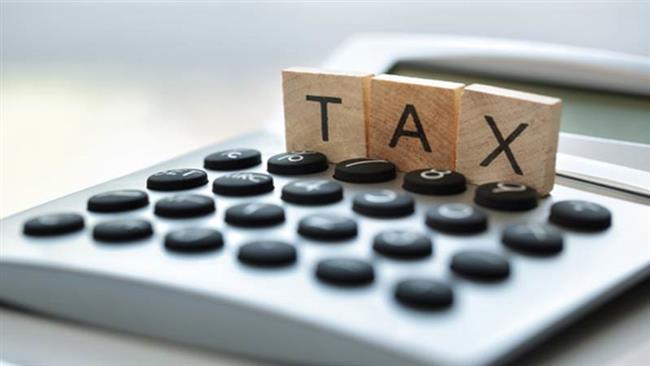
Erstwhile Indirect Tax Laws
Before July 01, 2017, the indirect tax comprised mostly of Central Excise, Service Tax, and Value Added Tax. Even though these taxes have mostly been subsumed now, various disputes from the years gone by still continue to crop up.
Service Tax
Service Tax was an important component of the erstwhile indirect tax revenues for the Indian government. In most cases, the service provider (providing taxable services) was liable to pay service tax. In some cases, however, exemptions had been made and the service receiver was made liable to pay service tax. Prior to July 01, 2012, Service tax was levied on specified services and the responsibility of payment of the tax was generally cast on the service provider but for few exceptions. With effect from July 01, 2012, Service Tax regime based on negative list had been introduced, and there was a paradigm shift in the levy of service tax. In the negative list regime, service tax was being imposed on all services other than those specified in the negative list.
Central Excise
Central Excise is a tax on act of manufacture or production of goods. The erstwhile had comprised of Central Excise Act, 1944, Central Excise Rules, 1944, Cenvat Credit Rules, 2004, Central Excise Valuation (Determination of Price of Excisable Goods) Rules, 2000, Central Excise (Removal of Goods at Concessional Rate of duty for Manufacture of Excisable Goods) Rules, 2001, Central Excise (Determination of Retail Sale Price of Excisable Goods) Rules, 2008 and Notification issued under Central Excise Act, 1944 and the Rules made thereunder.
However, the tax is still levied on alcohol for human consumption and various petroleum products, that have been kept outside the purview of GST.
Vat and Sales Tax
VAT/ Central Sales Tax was an indirect tax on the domestic consumption of goods and services, except those that are zero-rated (such as food and essential drugs) or are otherwise exempt (such as exports). Like GST, it was levied at each stage in the chain of production and distribution from raw materials to the final sale based on the value (price) added at each stage. It was not a cost to the producer or the distribution chain members, instead its full burden was borne by the end consumer. It was devised to avoid the cascading effect of double taxation (tax on tax) as is in case of direct sales tax.



